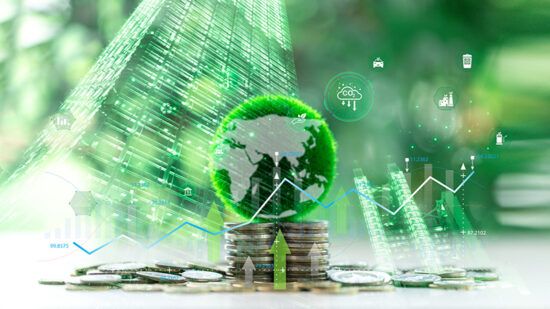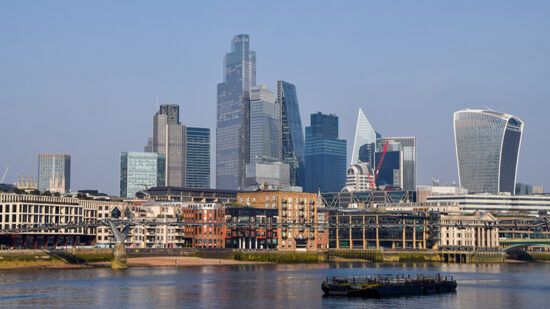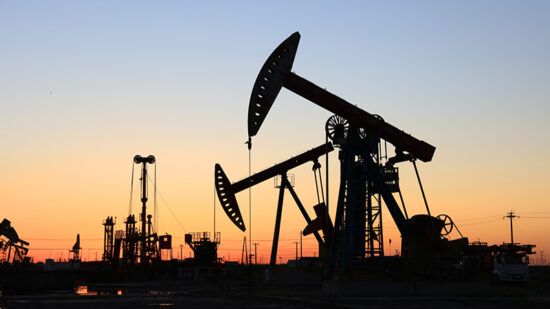In a speech marking his first 100 days, President Trump made his stance on clean energy crystal clear doubling down on coal. Since taking office, he’s reduced green energy funding, threatened to dismantle key parts of the Inflation Reduction Act (IRA) and proposed tariffs that could disrupt clean tech imports.
However, there is a silver lining. The hoped-for irony here is that the US-instigated tariff war actually helps the economics of renewable energy elsewhere.
Governments aren’t waiting
Despite the noise, governments across Europe and the developing world are pressing forward. The UK plans to more than double wind and solar capacity and quadruple energy storage by 2030, requiring £40 billion annually. Reforms to grid infrastructure and regulation are already underway to unlock private capital at scale.
At the same time, Europe could intensify its support for the clean-tech sector through subsidies and policies that advance its low-carbon transition, as outlined in initiatives like the EU’s Clean Industrial Deal and Competitiveness Compass. Additionally, Europe and other regions may seek stronger trade ties with China, potentially easing trade barriers to further reduce costs for renewable energy development.
Also read: Sustainable investing still makes sense in a Trump world
Globally, the trend is even more striking. The International Energy Agency projects renewable electricity capacity will grow 70% by 2030, hitting nearly 16 TW. Less than 10% of that growth is expected to come from the US, highlighting how the energy transition is increasingly being led by Europe, Asia, and emerging markets.
Tariffs could backfire – in a good way
Trade tensions and tariffs might raise costs in America, but they could lower them elsewhere. If the demand for clean energy equipment in the US drops, global supply chains, largely based in China and Europe, could redirect goods to other markets at more competitive prices. Lower prices for panels, turbines, and batteries could bring down the costs of non-US projects.
Indeed, investors now have a broad menu of attractive alternatives, from the stable policy landscape of Europe, the UK, Japan, Korea, and Australia, to fast-growing developing nations with soaring electricity demand and ideal conditions for low-cost, low-carbon renewables.
Add in growing investor appetite for long-term, inflation-resistant infrastructure assets, and capital could shift even faster to countries offering a stable policy environment for renewables. While some asset managers have scaled back their public commitments to climate and ESG goals in response to political pushback in the US, many long-term asset owners – particularly outside the US, and even some within it – remain committed to climate-focused investments. Their demand often exceeds that of their asset managers. If the current managers don’t meet this demand, clients will either push them to adapt or turn to others who will.
The verdict
The transition is not only intact – it’s accelerating. The real question isn’t if the world will decarbonise. It’s who will lead, who will follow, and who will get left behind.
The bottom line is that tariffs and trade tensions might hurt US renewables ambitions but for the rest of the world, we can view this as the backlash before the breakthrough.








